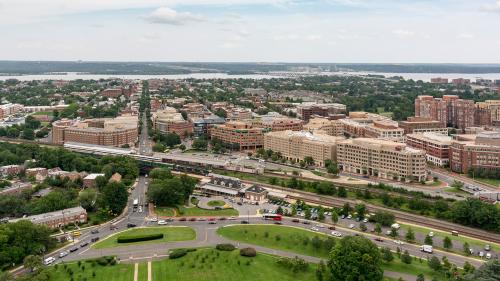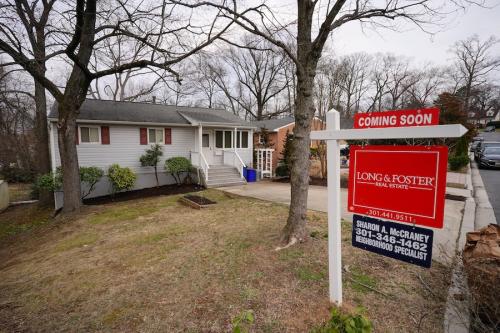Preface
For more than a century, Los Angeles has been regarded as an exception to the rules governing American urban growth. Starting out as a region with little or no apparent urban potential, Southern California has grown with remarkable speed into one of the world’s most important metropolitan areas. At the beginning of the 21st Century, the region faces new challenges that inevitably accompany emergence from a short, turbulent metropolitan adolescence. These challenges require a new way of seeing ourselves and our city-region, and fresh ways of working together to confront them.
The Los Angeles metropolitan region originally emerged as a series of decentralized and self-contained towns, each with
its own complement of housing, jobs, and shopping. The outlying counties grew to prominence by deliberately establishing
identities separate from Los Angeles proper. The region’s almost 200 individual cities likewise sought to serve their residents by
viewing themselves locally, even parochially, rather than as part of some larger whole.
Historically, then, the entire region was
built on a kind of “suburban” assumption: that individuals and communities could best thrive by creating multiple, discrete
centers of political, economic and social life, rather than focusing on a single dominant core (as happened in most other
American cities).
These assumptions no longer hold true. All indicators suggest that the suburban idyll in metropolitan Los Angeles is long
past. New communities are still being built on the metropolitan fringe, but little land or natural resources remain for more
outward expansion. Most people live in existing urban areas that are aging rapidly and densifying. Many neighborhoods, old and
new, are quickly stratifying in ways that increase the separation of affluent and poor residents. And as previously separate
communities abut and coalesce, the need for collaborative political approaches to the problems of an emerging world city
becomes paramount.
In 1998, the Southern California Studies Center of the University of Southern California began a two-year investigation
into the problems and opportunities facing the region. With generous support from The James Irvine Foundation, a group of
researchers and practitioners committed themselves to diagnosing the health of the region, and opening up a conversation
about our future.
As this work unfolded, we also entered into a collaboration with The Brookings Institution Center on Urban and Metropolitan
Policy, a national research organization committed to understanding and responding to the complex mix of issues that confront
cities and metropolitan areas. The Southern California Studies Center joined a nation-wide project with scholars from other major
cities, convened by Brookings, to examine the role of government policies in shaping metropolitan growth and development
trends. The findings in this report have been informed by that national network, and will be incorporated into a separate book
to be published by The Brookings Institution Press.
Our hope is that Sprawl Hits the Wall will contribute to emerging local, regional, and national debates about our urban
future. What happens in Los Angeles affects the turn of events throughout the world, just as global events have an impact
on LA’s neighborhoods. We must be careful to protect those qualities that for more than two centuries have made Southern
California the destination of choice for millions of immigrants; yet at the same time, we cannot afford to squander the
opportunities opening up to a world city of the 21st century. As a consequence, we face some tough challenges and choices,
which are spelled out very directly in this document. We need to grow smarter, grow together, grow greener, and grow more
civic-mindedly. This report spells out why these actions are necessary, and begins a conversation about how we may achieve
those goals.
Michael Dear
Director
Southern California Studies Center
University of Southern California
The Brookings Institution is committed to quality, independence, and impact.
We are supported by a diverse array of funders. In line with our values and policies, each Brookings publication represents the sole views of its author(s).


